Hands On with the Huawei Mate 20 and Mate 20 Pro
Oct 16, 2018, 8:31 AM by Eric M. Zeman
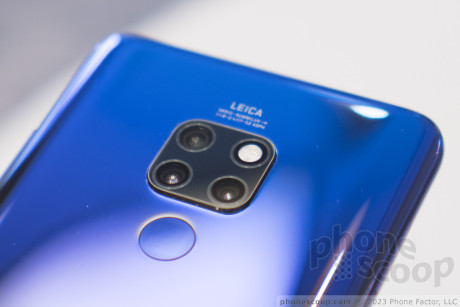
Huawei’s latest phones, the Mate 20 and Mate 20 Pro, are impressive metal-and-glass slabs that go toe-to-toe with the best from Apple, Google, LG, and Samsung. Those seeking non-carrier fare will find plenty to like about this powerful pair of intelligent devices. Here are Phone Scoop’s initial impressions.
Huawei is back with its two flagship phones for the year, the Mate 20 and Mate 20 Pro. Like last year, the “pro” variant is the extra-special, super-sexy model that outshines the other by a mile. Both phones are incredibly capable, but the Pro has more pizzazz and photography power.
Mate 20 Pro
The Mate 20 Pro reminds me (perhaps too much?) of the Galaxy S9+. It's a big phone with curved glass front and back, mated to a thin aluminum frame. It has the tall and narrow look of phones that rely on the 2:1 screen shape. It's a big step up from last year's Mate 10 Pro in terms of cohesiveness of the design and raw visual appeal. It looks fantastic and feels even better. There's no question in my mind that the Mate 20 Pro is the finest piece of hardware Huawei has ever designed.
The phone comes in five colors: blue, green, black, pink gold, and twilight. It's this last color that you're going to want. Like the P20 Pro from earlier this year, it features a gradient finish that's just stunning. All five colors have a discrete ridged pattern in the glass to help add some grip. I really like the shape of the glass, which is curved both front and back. The curvature really helps reduce the footprint and makes the sheer size more manageable.
Perhaps the stand-out feature of the phone is the camera array on the rear panel. There are three cameras, but rather than arrange them in a lineal Huawei went for the square shape. The square camera module includes the three lenses as well as the LED flash. It's a neat-looking configuration and I'm glad Huawei decided to do something a little different.
There's no obvious fingerprint reader on the Mate 20 Pro because it is buried under the display. This is fairly new technology that has only been released on a few phones this year. The Mate 20 Pro is smart enough to know when you're trying to unlock it, and will respond to specific touches to read your print and unlock the phone. This is really neat, and something we look forward to seeing on more phones as time goes by.
The screen is quite impressive. It measures 6.39 inches across the diagonal and boasts quad HD+ resolution. The screen does feature a notch, but it is iPhone-like in size and shape, rather than Pixel 3-like. Critically, the screen is a high-contrast OLED panel with support for HDR. This means better color range when viewing high-definition content. In our short time with the phone, we were impressed with the quality of the display. Huawei kept the bezels in check; they are slim all the way around the phone.
The only two hardware keys are on the right edge. The screen lock button is the lower of the two. It is small, but has good travel and feedback. The volume button could also be bigger, though it has similarly good action. There's a USB-C port on the bottom and the SIM card tray.
There are no functional elements on the left edge or the top other than the 3.5mm headphone jack. (Yay!)
Apart from the camera module, the rear panel is a slick piece of glass. It's curved just like the display (and just like the Galaxy S9+). The metal frame is razor thin.
We're excited about the camera. Like other phone makers, the company has settled on three lenses, each with a different field of view. The main camera has a standard angle, and it is joined by a wide-angle lens and telephoto lens. The processor and NPU together are able to process far more information when shooting photos than Huawei's Mate 10 Pro. the difference is the Kirin 980, which contains two NPUs. It is able to recognize up to 1,500 different scenes, compared to the two dozen of EMUI 8.0.
The battery is really cool. Huawei jumped to wireless charging for this phone, its first wireless charging flagship. It's about time! What's really cool is that the Mate 20 Pro can act as a charging pad for other phones. You can place another phone on the Mate 20 Pro and, after about a minute, the Pro will begin charging the second device. The battery is a massive 4,200mAh.
EMUI 9.0 is Huawei's new user experience is based on Android 9 Pie, which means it offers many of the new features included in Google's code. Huawei said its goal in developing EMUI 9.0 was to simplify the experience and make it more consistent.
For example, it has reduced the number of options in its settings menu from 940 in EMUI 8.0 to 843 in EMUI 9.0. The company's designers have pared back the look of individual apps and given them a consistent look across the user interface.
Huawei also sought to make the UI more natural. It features nature-based wallpapers, backgrounds, and even sounds for the alarms and alert tones. The clock app will tick with the sound of a real clock and the keyboard will clack with the sound of a mechanical typewriter.
The UI looks to smooth over navigation. For example, Huawei moved app controls to the bottom of the screen, where they are easier to reach, whenever possible. A new swiping gesture on the home screen will call up a navigation panel for jumping to select apps and settings.
EMUI 9.0 also introduces GPU Turbo 2.0 with a focus on mobile gaming. Huawei insists its new algorithms improve GPU efficiency and reduce power needs during gaming, all while delivering smoother performance. Huawei claims EMUI 9.0's GPU, as run on its new Kirin 980 SoC, performs significantly faster than the Qualcomm Snapdragon 845.
Last, a password vault has been added to the platform to help with app logins. People will be able to store usernames and passwords in the secure zone and then call them up using a fingerprint reader or facial recognition when signing into apps.
This is a stunner of a phone. It completed outclass the LG V40, and rivals the Galaxy Note9 and iPhone Xs Max. You'll have to buy it online, but it will be worth it.
Mate 20
The chief difference between the two phones, as far as the hardware is concerned is the screen size and shape. The Mate 20 features a larger 6.53-inch screen with a smaller "teardrop" notch. The notch is incredibly small and only contains the user-facing camera.
The screen has a slightly shorter aspect ratio, but the display is larger than the Mate 20 Pro, and so is the phone itself. In the hand it feels much wider, even though we're talking about millimeters in difference. The glass is a bit less curved and the metal frame is slightly thicker. All these add to a totally different experience.
The buttons, USB-C port, SIM card tray, and other exterior controls are about the same as the Mate 20 Pro.
The rear features the same square-shaped camera array, though the Mate 20's cameras are a bit different. They include wide, normal, and telephoto lenses for the ultimate in flexibility when it comes to shooting. Other three-camera phones include Huawei's own P20 Pro and LG's V40 ThinQ.
Amazingly, the phone does not include wireless charging. Huawei didn't offer an explanation for the difference. The battery is rated 4,000mAh.
The Mate 20 runs the same EMUI 9.0 as the Mate 20 Pro.
Pricing and availability hasn't been made clear. Huawei has only said that the phone will be available to U.S. consumers online. Of the two, the Mate 20 Pro is clearly the one to get.
Comments
No messages


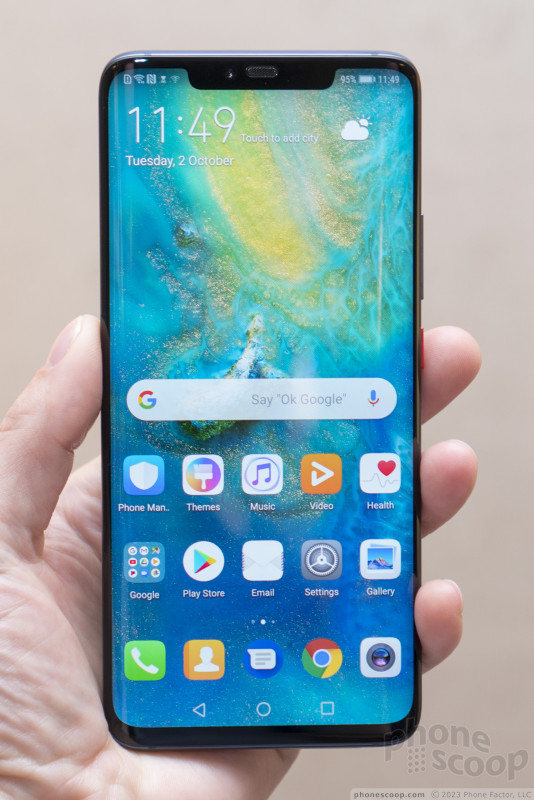













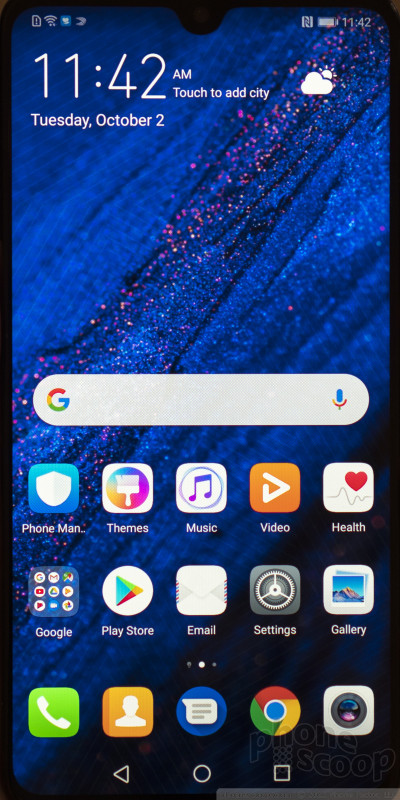

















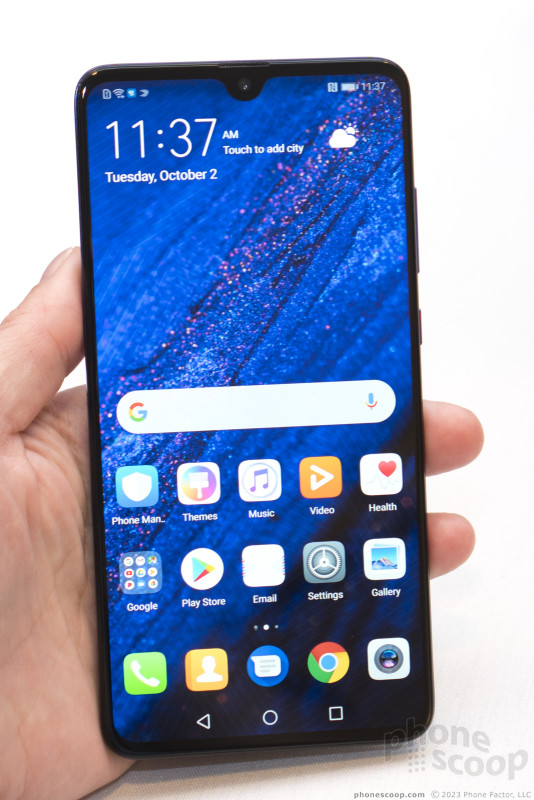














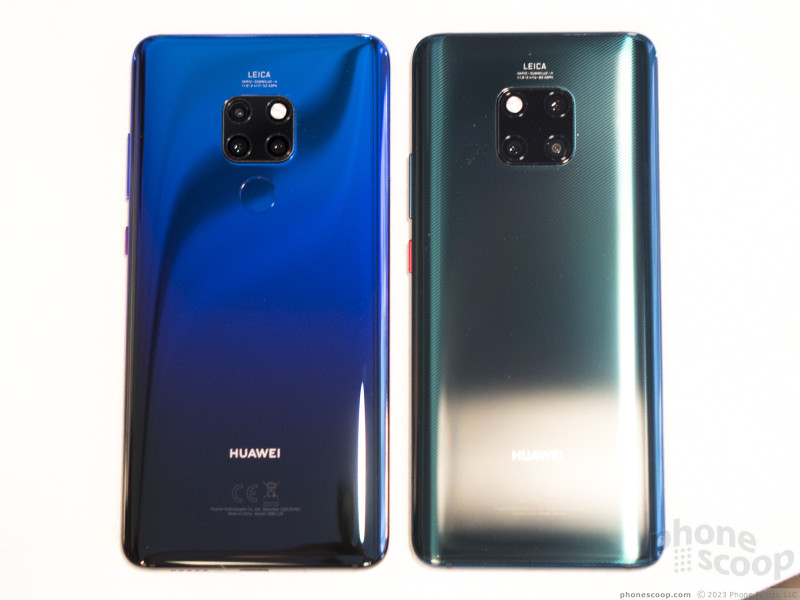


 iPhone 15 Series Goes All-In on USB-C and Dynamic Island
iPhone 15 Series Goes All-In on USB-C and Dynamic Island
 Samsung S24 Series Adds More AI, Updates the Hardware
Samsung S24 Series Adds More AI, Updates the Hardware
 Hands On with the Motorola razr and razr+ (2024)
Hands On with the Motorola razr and razr+ (2024)
 iPhone 16 Brings More Features to All Price Points, Including New Camera Control
iPhone 16 Brings More Features to All Price Points, Including New Camera Control
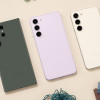 Samsung Puts its Best Camera Yet in the Galaxy S23 Ultra
Samsung Puts its Best Camera Yet in the Galaxy S23 Ultra









